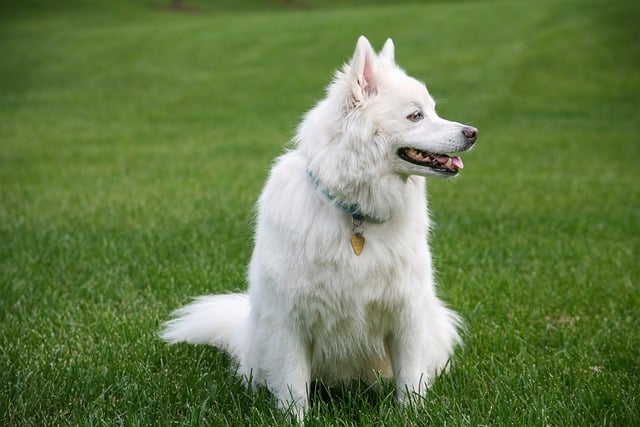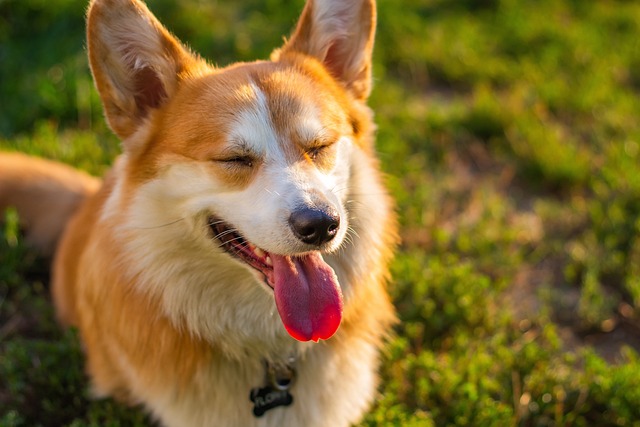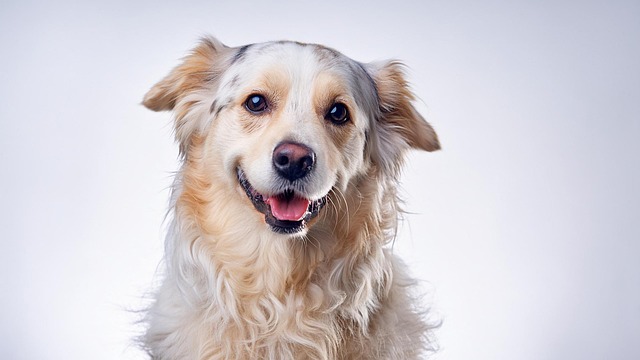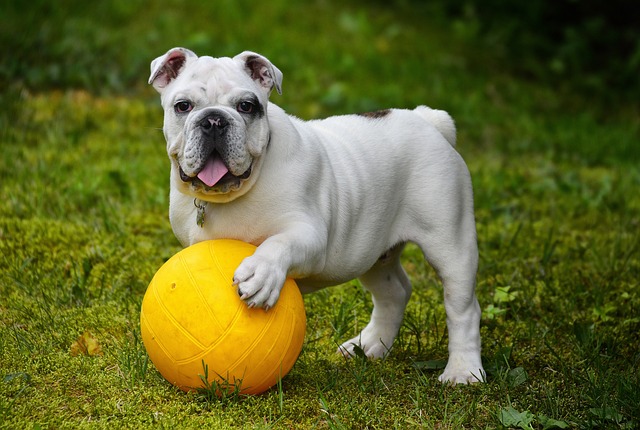
What are the signs of tapeworm in dogs?
Finding small, rice-like bits in your dog’s bed or on their fur can be easy to miss—but those tiny specks are often the first clue of a tapeworm.
Imagine this: It’s a sweltering summer day in Phoenix, and you’ve just returned from a long walk with your Labrador Retriever, Max. As he pants heavily, you wonder, “How much water should a dog drink in 24 hours?” Ensuring your furry friend stays hydrated is crucial, but getting the amount right isn't always straightforward, especially for new pet parents in the U.S.
Water is to dogs what gasoline is to cars—it powers every bodily function. Dogs use water for digestion, regulating body temperature, and flushing out toxins. Unlike humans, who can usually tell us when they’re thirsty, dogs rely on us to meet their needs. As a general rule, dogs should drink about 1 ounce of water per pound of body weight daily. So, a 50-pound Golden Retriever like those often seen frolicking in Seattle parks should aim for around 50 ounces of water. But this isn't a one-size-fits-all deal. Active dogs, pregnant or nursing females, and those in hot climates like Florida may need significantly more. Just like you'd guzzle extra water after a workout at the gym, your jogging partner will too.
Here’s how you can make sure your dog stays properly hydrated. First, always keep multiple water bowls around your home—one in the living room, near their bed, and even in the kitchen. For apartment dwellers in New York City, opt for spill-proof bowls to avoid messes on hardwood floors. Monitor their water intake: if the bowl is constantly empty, it might be time to refill more often or consider adding another bowl. During outdoor activities, whether it’s a hike in the Colorado Rockies or a visit to the dog park in Austin, carry a portable water bottle designed for pets. Look for signs of dehydration, like dry gums, sunken eyes, or lethargy. If you notice any of these, offer small sips of water frequently rather than letting them gulp it down, which can lead to upset stomachs.

Now, let’s tie this to broader pet parenting norms in the U.S. Keeping your dog hydrated isn’t just about health—it’s part of being a responsible owner. In most states, ensuring your dog has access to clean water is a basic requirement, just like keeping up with their rabies and distemper vaccines, which are legally mandated in all 50 states. When out on walks, always carry a leash (required by law in nearly all U.S. cities) and poop bags—leaving waste behind isn’t just gross; it can carry harmful bacteria, and in places like Los Angeles, you could face a $100 fine for not cleaning up. And if your dog refuses to drink water, don’t scold or punish them. Instead, use positive reinforcement techniques. Try adding a splash of low-sodium chicken broth to the water bowl to entice them, and praise them when they take a sip. This aligns with the positive training methods recommended by experts at the Association of Professional Dog Trainers (APDT).
In conclusion, understanding how much water your dog needs is an essential part of pet care. By being vigilant about their hydration, you’ll keep your four-legged companion healthy and happy, whether you’re living in a suburban home in Texas or a high-rise in Chicago. So, fill those bowls, keep an eye on your dog’s intake, and enjoy many more adventures together.

Finding small, rice-like bits in your dog’s bed or on their fur can be easy to miss—but those tiny specks are often the first clue of a tapeworm.

Many dog owners find themselves wiping paws after walks or picking up waste in the backyard, not realizing these small daily tasks tie directly to their family’s health.

Puppies are most vulnerable to distemper between 6 and 16 weeks old, when their maternal antibodies start to fade and their own immune systems aren’t fully developed yet.

Ticks often latch onto dogs during walks through grassy parks, wooded trails, or even backyard gardens—spots where these pests thrive, especially in warmer months.

Distemper hits hard—watching your pup deal with fever, coughing, or runny eyes is heart-wrenching, and it’s normal to want to comfort them with a gentle touch.

You’re scrolling through online forums looking for a natural fix after discovering your dog has worms, and one name pops up again and again: apple cider vinegar.